The 4Es of Healthy Aging and Wellness: Your Blueprint for Thriving in Life's Golden Chapters
Aging is inevitable—but thriving as you age? That’s a choice. Imagine a life where you feel strong, energized, and deeply connected to those around you, regardless of your age. With the right strategies, healthy aging can become less about surviving and more about flourishing. Enter the 4Es: Eat Well, Exercise Well, Energize Well, and Engage Well—a practical model for middle-aged and senior individuals seeking to age gracefully while maintaining their zest for life. Whether you're navigating midlife transitions or simply curious about wellness, the 4Es offer actionable insights that anyone can embrace to live with vitality.
What Is Healthy Aging & Wellness?
Healthy aging refers to maintaining physical, mental, and social well-being while adapting to the natural changes that come with age. According to the World Health Organization (WHO), healthy aging is “the process of developing and maintaining the functional ability that enables well-being in older age.” This concept extends beyond the absence of illness—focusing on achieving a fulfilling and productive life even in later years.
Wellness encompasses a holistic approach to health, including physical, mental, emotional, and social dimensions. As defined in the academic sphere, wellness is “an active process of becoming aware of and making choices toward a healthy and fulfilling life.” It’s about proactive strategies that foster a balanced and sustained sense of well-being.
Rationale Behind the 4Es of Healthy Aging and Wellness
The conceptualization of the 4Es—Eat Well, Exercise Well,
Energize Well, and Engage Well—stems from a multidisciplinary review of
contemporary research on wellness and healthy aging. This framework integrates
evidence-based principles from nutrition science, physical activity, preventive
medicine, and behavioral psychology to address the multifaceted nature of
aging. It emphasizes a holistic approach, recognizing the interconnectedness of
physical, mental, emotional, and social well-being.
1. Eat Well was chosen as a foundational pillar based on
extensive literature highlighting the role of balanced nutrition in preventing
age-related diseases and promoting longevity. Studies consistently demonstrate
that nutrient-dense diets, such as the Mediterranean and DASH diets, reduce the
risk of chronic conditions such as cardiovascular disease, type 2 diabetes, and
cognitive decline (Kirkpatrick & Bolick, 2021).
2. Exercise Well reflects the critical importance of physical activity for maintaining functional independence and vitality in aging populations. Regular exercise has been shown to improve muscle strength, bone density, and balance, all of which are crucial for preventing falls and maintaining mobility in older adults (Nelson et al., 2020). Furthermore, physical activity has well-documented mental health benefits, including reducing symptoms of anxiety and depression.
3. Energize Well incorporates the often-overlooked aspects of sleep hygiene, stress management, and proactive health monitoring. The inclusion of regular medical screenings and medication adherence acknowledges the growing prevalence of chronic conditions in aging populations. Research underscores that these practices not only enhance energy levels but also reduce the burden of disease, allowing individuals to sustain vitality (Smith et al., 2018).
4. Engage Well was integrated as the fourth pillar to address the social and emotional dimensions of aging. Social connections and intellectual engagement are proven buffers against loneliness, depression, and cognitive decline. Lifelong learning, volunteering, and emotional expression significantly contribute to resilience and overall life satisfaction, as supported by findings from longitudinal studies on aging (Holt-Lunstad et al., 2015).
The development of the 4Es framework is informed by a convergence of scientific evidence and a pragmatic understanding of the challenges faced by aging individuals. By offering a balanced model that is both actionable and inclusive, the 4Es aim to empower individuals to embrace aging with optimism, vitality, and adaptability.
Let’s dive into the 4Es and discover how they contribute to
a comprehensive strategy for healthy aging and wellness.
Eat Well
Nutrition plays a pivotal role in healthy aging. As our
bodies change with age, our nutritional needs evolve. Eating well involves
prioritizing balanced, nutrient-dense meals that fuel the body and promote
longevity.
- The
Science Behind Nutrition and Aging: Studies suggest that diets rich in
antioxidants, fiber, and essential vitamins can reduce inflammation, lower
the risk of chronic diseases, and support cognitive health. The
Mediterranean diet, for instance, has been widely recognized for its
benefits to heart health and brain function. For instance, studies on the
Mediterranean diet have shown its effectiveness in reducing inflammation
and supporting cognitive health. Studies show that the development
of cardiovascular and cerebrovascular diseases, neurodegenerative
diseases, cognitive impairment and dementia can be slowed down or
prevented by certain diets with anti-aging action (Fekete et al, 2022). A
recent initiative, "Grow Well SG," emphasizes the importance of
good nutrition in fostering long-term health outcomes.
- Practical Tips
Reduce Salt Intake
- Opt
for fresh or frozen vegetables instead of canned ones, which often contain
added sodium.
- Use
herbs, spices, lemon juice, or vinegar as flavor enhancers instead of
salt.
- Limit
processed foods like deli meats, chips, and instant noodles—they're
notorious for high salt content.
- Look
for "low-sodium" or "no salt added" labels when
grocery shopping.
- Cook
at home more often, as restaurant meals and takeout tend to be salt-heavy.
Cut Down on Fats (Especially Trans Fats)
- Choose
healthy fats, like those from avocados, nuts, seeds, and olive oil, over
saturated and trans fats found in fried or processed foods.
- Bake,
grill, steam, or broil foods instead of frying them.
- Trim
visible fat off meat and remove the skin from poultry before cooking.
- Replace
cream-based sauces and dressings with healthier alternatives like
yogurt-based dressings or vinaigrettes.
Limit Added Sugars
- Reduce
sugar in recipes or use natural sweeteners like cinnamon, nutmeg, or
vanilla to enhance sweetness without sugar.
- Swap
sugary drinks like soda or sweetened teas for water, sparkling water, or
herbal teas.
- Opt
for fresh fruits instead of sugary desserts or snacks.
- Be
mindful of "hidden sugars" in items like flavored yogurts,
condiments, or breakfast cereals—check the nutrition labels.
Focus on Whole, Nutrient-Dense Foods
- Fill
half your plate with leafy vegetables and fruits at each meal.
- Choose
whole grains like quinoa, brown rice, and oats over refined grains like
white bread or rice.
- Include lean protein sources such as beans, tofu, fish, eggs, or skinless poultry.
- Snack on nuts, seeds, or air-popped popcorn instead of chips or sugary treats.
- Stay hydrated with 8–10 cups of water daily to help regulate body temperature, transport nutrients, and remove waste.
·
Consider portion control by eating the right amounts of food to meet your body's needs without overeating. As metabolism naturally slows with age, portion sizes need to be more carefully managed to prevent weight gain and maintain energy balance.
Exercise Well
Physical activity is the fountain of youth for the body and mind. Regular exercise maintains muscle strength, improves balance, and enhances cardiovascular health. Beyond physical perks, staying active can also lift your mood and sharpen your mind.
- Evidence-Based
Benefits: Research shows that exercise reduces the risk of chronic
conditions like arthritis, diabetes, and osteoporosis. Moreover, it’s
associated with improved memory and reduced symptoms of depression in
older adults. A study published in
Frontiers in Psychology demonstrated that regular physical activity
significantly improves subjective well-being, including happiness, life
satisfaction, and self-esteem. Even short-term engagement in exercise (as
little as four weeks) can lead to noticeable improvements.
- Practical
Tips:
- Engage
in a mix of aerobic exercises like walking briskly for 30 minutes a day to
improve circulation, boost mood, and aid in weight management. Low-impact
options like swimming or cycling are also recommended as they are gentler
on joints and great for those with arthritis.
- Undergo
strength training to preserves and builds muscle mass, which naturally
declines with age, to help in maintaining independence and prevent falls. Use light dumbbells or resistance bands
for simple strength-building routines or bodyweight exercises like
push-ups, squats, or wall sits.
- Incorporate
flexibility routines such as yoga or tai chi to improve mobility and
prevent injuries. Dedicate 10–15
minutes daily to stretching major muscle groups, especially after
workouts. On can also practice
simple balance drills at home—stand on one foot for 10–15 seconds and
gradually increase the duration.
- For
individuals new to exercise, the idea of starting can feel overwhelming
so small steps build confidence and create sustainable habits. One can use technology, such as fitness
trackers or apps, to monitor progress and stay motivated. One can also partner with a friend or
join a group for added accountability and fun.
- Aging bodies may require more rest and recovery time. Overexertion can lead to injuries, so it’s critical to exercise mindfully. Pay attention to any discomfort or pain during workouts and modify exercises if needed and remember to include rest days in your routine to allow the body to recover.
Energize Well
Keeping your energy up goes beyond sleep; it involves
prioritizing rest, stress management, and proactive health measures like
regular screenings and medication adherence.
Proactive management of one’s own physical and emotional wellbeing can
help to maintain zest for life even as one ages.
- The Role of Rest and Recovery: Quality sleep rejuvenates the mind and body. Chronic sleep deprivation is linked to memory issues and weakened immunity, both detrimental in aging. The "Grow Well SG" initiative also addresses the importance of adequate sleep and stress management, which are critical for maintaining energy levels and overall well-being. It highlights the role of early interventions in promoting healthy habits.
- Proactive Health Management: Staying on top of medical appointments and following prescribed treatments for chronic conditions ensures sustained energy levels and prevents complications.
- Practical
Tips:
- Practice
mindfulness or meditation for stress relief with techniques like yoga,
deep breathing, or progressive muscle relaxation.
- Create
a consistent sleep routine—aim for 7–8 hours of restorative sleep. Sleep is restorative for both the body
and mind. Poor sleep is linked to cognitive decline, weakened immunity,
and low energy levels, all of which can negatively impact aging. Keep the bedroom environment conducive
to sleep: quiet, cool, and dark and avoid heavy meals, caffeine, and
alcohol close to bedtime, as they can disrupt sleep cycles.
- Practice
gratitude by journaling or reflecting on positive aspects of the day—this
simple habit boosts mood and mental clarity.
- Preventive
health care, such as regular medical check-ups, ensures that chronic
conditions are well-managed and potential health concerns are addressed
early. Schedule routine screenings for blood pressure, cholesterol, and
blood sugar to monitor and manage key health indicators. Keep reminders
for medications and screenings to ensure adherence. Use reminders, like alarms or smartphone
apps, to ensure medications are taken on time. Regularly review your medications with
your doctor to ensure they’re still the best fit for your needs.
Engage Well
Social and mental engagement are essential for maintaining a
sharp mind and a joyful spirit. Loneliness and social isolation can negatively
impact mental health, while active social and intellectual involvement fosters
resilience. It’s about cultivating
relationships, pursuing passions, and keeping the mind sharp to thrive at any
age.
- Research on Connection: Research consistently highlights the significant impact of social connections and lifelong learning on cognitive and emotional health, particularly in middle-aged and older adults. Social interactions provide mental stimulation, which helps to strengthen neural networks and protect the brain from age-related decline. When individuals engage in meaningful conversations, collaborative problem-solving, or shared activities, their brains are actively processing, analyzing, and recalling information—functions that keep the mind agile. Moreover, engaging socially and intellectually helps to combat isolation and loneliness, which are linked to higher risks of depression, anxiety, and even physical health problems such as cardiovascular disease. Social bonds foster a sense of purpose and belonging, which are essential for emotional well-being. Additionally, lifelong learning instills a sense of accomplishment and curiosity, contributing to greater life satisfaction and mental resilience.
- Practical
Tips:
- Join
community groups or hobby clubs to meet like-minded individuals in
gardening, art, cooking, photography, creative writing and even sports. Social
interactions combat loneliness and promote emotional well-being.
Participating in group activities also provides a sense of purpose and
connection.
- Volunteer
or mentor to feel a sense of purpose and connection. Giving back to the
community fosters a sense of fulfillment, purpose, and belonging.
Mentoring younger generations can also be enriching and rewarding. Share expertise by helping others gain
skills in areas you’re passionate about, like career advice, crafts, or
storytelling. One can also contribute time or effort to causes like
environmental sustainability, animal welfare, or community development.
- Pursue
interests like reading, solving puzzles, or taking online classes to
stimulate your mind. Learning new
skills keeps the brain active, sharp, and resilient. It enhances memory,
problem-solving abilities, and overall cognitive health. Explore reading material on diverse
subjects—history, science, fiction—to expand knowledge and stimulate
curiosity.
- In
the digital age, staying connected doesn’t have to rely solely on
in-person interactions. Technology can bridge gaps and keep people
emotionally close, even if they’re physically apart. Explore social media mindfully—engage
in meaningful exchanges with family members, friends and relatives. Take
online courses through platforms like Coursera, Udemy, or even free
resources like YouTube.
- Spending
time outdoors enhances mental clarity, reduces stress, and provides
opportunities to engage with the world in a refreshing way. Join walking
or hiking groups to enjoy nature while staying socially active or visit
local parks, gardens, or beaches regularly to relax and recharge.
- Spiritual
engagement provides a sense of purpose, inner peace, and connection to
something greater than oneself. It fosters resilience, improves emotional
well-being, and helps navigate life’s challenges with clarity and
calmness. Set aside time for
personal reflection, meditation, or prayer to deepen your sense of
spirituality.
Conclusion: Your Path to Thriving at Every Age
The 4Es—Eat Well, Exercise Well, Energize Well, Engage
Well—are more than a wellness model; they’re a lifestyle philosophy.
Healthy aging is about embracing strategies that enhance vitality,
adaptability, and enjoyment of life. By incorporating the 4Es into your
routine, you’re not just adding years to your life—you’re adding life to your
years.
Bibliographies
Berendsen,
A., van de Rest, O., Feskens, E., Santoro, A., Ostan, R., Pietruszka, B.,
Brzozowska, A., Stelmaszczyk-Kusz, A., Jennings, A., Gillings, R., Cassidy, A.,
Caille, A., Caumon, E., Malpuech-Brugere, C., Franceschi, C., & de Groot,
L. (2018). Changes in dietary intake and adherence to the nu-age diet following
a one-year dietary intervention among European older adults—results of the
nu-age randomized trial. Nutrients, 10(12), 1905. https://doi.org/10.3390/nu10121905
Centers for
Disease Control and Prevention. (2021, February 11). How much physical
activity do older adults need? Centers for Disease Control and
Prevention. Retrieved February 9, 2022, from https://www.cdc.gov/physicalactivity/basics/older_adults/index.htm
Chiao, C. (2019). Beyond health care: Volunteer work,
social participation, and late-life general cognitive status in Taiwan. Social
Science & Medicine, 229, 154–160. https://doi.org/10.1016/j.socscimed.2018.06.001
Daskalopoulou,
C., Stubbs, B., Kralj, C., Koukounari, A., Prince, M., & Prina, A. M.
(2017). Physical activity and healthy ageing: A systematic review and
meta-analysis of longitudinal cohort studies. Ageing Research Reviews, 38,
6–17. https://doi.org/10.1016/j.arr.2017.06.003
Dzierzewski,
J. M., Dautovich, N., & Ravyts, S. (2018). Sleep and cognition in
older adults. Sleep Medicine Clinics, 13(1),
93–106. https://doi.org/10.1016/j.jsmc.2017.09.009
Eating
for healthy ageing. HealthHub. (2021, December 21). Retrieved February 9,
2022, from https://www.healthhub.sg/live-healthy/1184/eating-for-healthy-ageing
Eckstrom,
E., Neukam, S., Kalin, L., & Wright, J. (2020). Physical activity and
healthy aging. Clinics in Geriatric Medicine, 36(4), 671–683. https://doi.org/10.1016/j.cger.2020.06.009
Elderly
nutrition 101: 10 foods to keep you healthy: Updated for 2022. Aging.com | Best Resources for
Seniors. (2021, May 27). Retrieved February 9, 2022, from https://aging.com/elderly-nutrition-101-10-foods-to-keep-you-healthy/
Fan, Z., Lv, X., Tu, L., Zhang, M., Yu, X., &
Wang, H. (2021). Reduced social activities and networks, but not social
support, are associated with cognitive decline among older Chinese adults:
A prospective study. Social Science & Medicine, 289,
114423. https://doi.org/10.1016/j.socscimed.2021.114423
Holt-Lunstad,
J., Smith, T. B., Baker, M., Harris, T., & Stephenson, D. (2015).
Loneliness and social isolation as risk factors for mortality: A meta-analytic
review. Perspectives on Psychological Science, 10(2), 227-237. https://doi.org/10.1177/1745691614568352
Iwon, K et
al (2021). Elevating subjective well-being through physical exercises: an
intervention study. 17 Dec, Front.Psychol. Vol.12
Kirkpatrick,
S., & Bolick, J. (2021). The role of the Mediterranean diet in healthy
aging: A review. Journal of Nutritional Science and Healthy Aging, 9(3),
145-158. https://doi.org/exampleplaceholder
MOE (2025).
Grow Well SG to Support Families in Building Healthy Habits in Children. 21 Jan.
MOH (2025).
Supporting Health and Well-Being Across Every Life Stage. 7 Mar.
Nelson, M.
E., Rejeski, W. J., Blair, S. N., Duncan, P. W., Judge, J. O., King, A. C.,
Macera, C. A., & Castaneda-Sceppa, C. (2020). Physical activity and public
health in older adults: Recommendations from the American College of Sports
Medicine and the American Heart Association. Medicine & Science in Sports
& Exercise, 51(4), 861-879. https://doi.org/exampleplaceholder
Positive
ageing toolkit. C3A. (n.d.). Retrieved February 9, 2022, from https://www.c3a.org.sg/positive-ageing-toolkit
Reinders,
I., Volkert, D., de Groot, L. C. P. G. M., Beck, A. M., Feldblum, I., Jobse,
I., Neelemaat, F., de van der Schueren, M. A. E., Shahar, D. R., Smeets, E. T.
H. C., Tieland, M., Twisk, J. W. R., Wijnhoven, H. A. H., & Visser, M.
(2019). Effectiveness of nutritional interventions in older adults at risk of
malnutrition across different health care settings: Pooled analyses of
individual participant data from nine randomized controlled trials. Clinical
Nutrition, 38(4), 1797–1806. https://doi.org/10.1016/j.clnu.2018.07.023
Schlaff, R.
A., Baruth, M., Adams, V. J., Goldufsky, T. M., Peters, N. A., Kerr, G.,
Boggs, A., & Ewald, A. (2016). Effects of a
group-based behavioral intervention on
dietary behaviors in older adults. Journal of Aging and
Health, 30(1), 105–117. https://doi.org/10.1177/0898264316668936
Smith, M.
T., Huang, M. I., & Manber, R. (2018). Cognitive behavior therapy for
chronic insomnia: Effects on comorbid conditions. Journal of Clinical
Psychology, 74(1), 22-36. https://doi.org/exampleplaceholder
Tam, W.,
Poon, S. N., Mahendran, R., Kua, E. H., & Wu, X. V. (2021). The
effectiveness of reminiscence-based intervention on improving psychological
well-being in cognitively intact older adults: A systematic review and
meta-analysis. International Journal of Nursing Studies, 114,
103847. https://doi.org/10.1016/j.ijnurstu.2020.103847
Thang, L. L., Lim, E., & Tan, S. L.-S. (2019).
Lifelong learning and productive aging among the baby-boomers in Singapore. Social
Science & Medicine, 229, 41–49. https://doi.org/10.1016/j.socscimed.2018.08.021
Weiner-Light,
S., Rankin, K. P., Lanata, S., Possin, K. L., Dohan, D., & Bernstein
Sideman, A. (2021). The role of spirituality in conceptualizations of health
maintenance and healthy aging among Latin American immigrants. The American
Journal of Geriatric Psychiatry, 29(11), 1079–1088. https://doi.org/10.1016/j.jagp.2021.04.017

+Definition+of+Healthy+Aging.jpg)
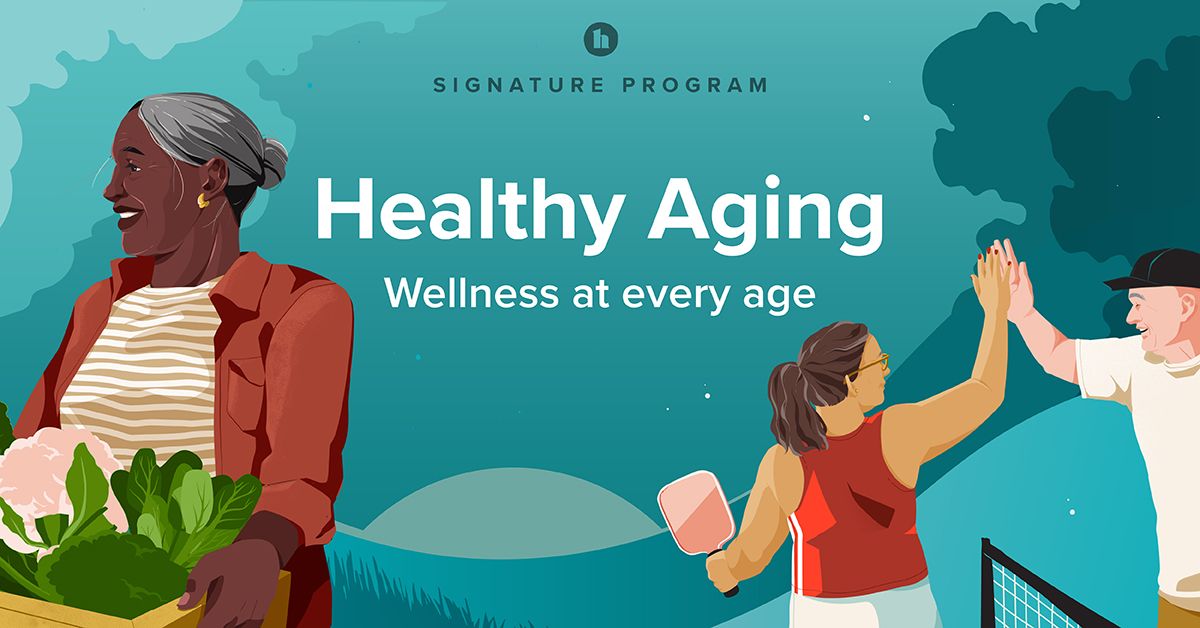
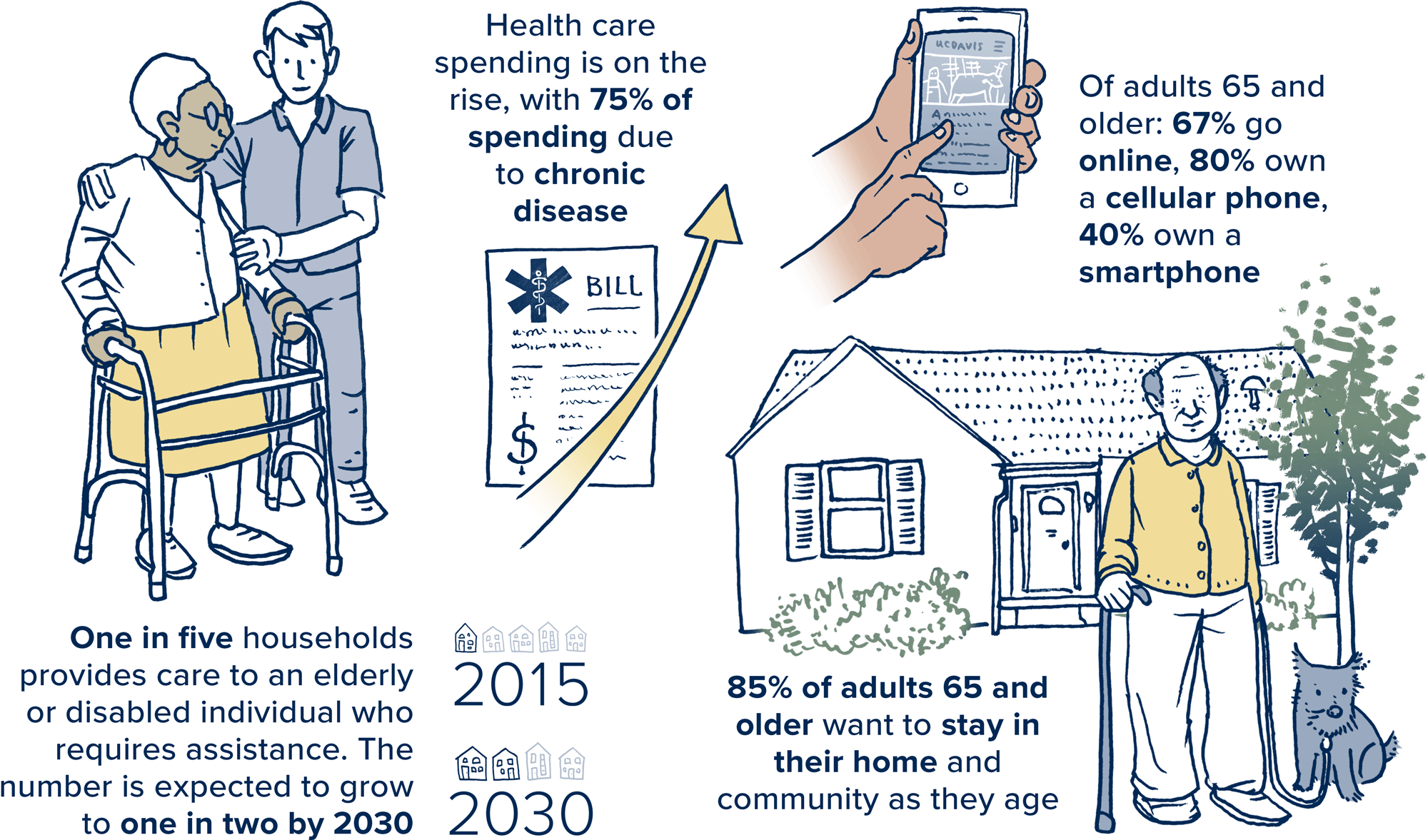
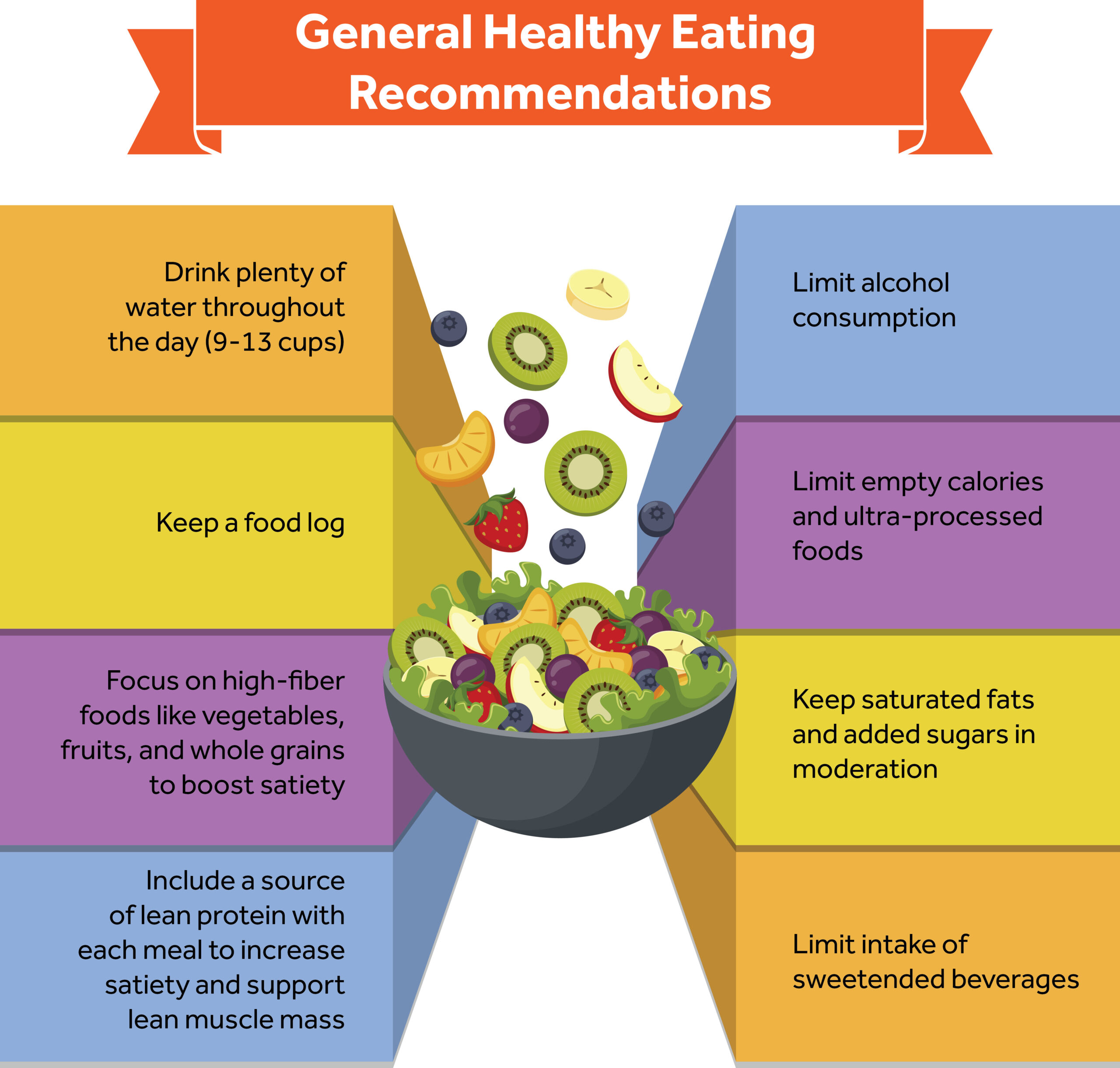

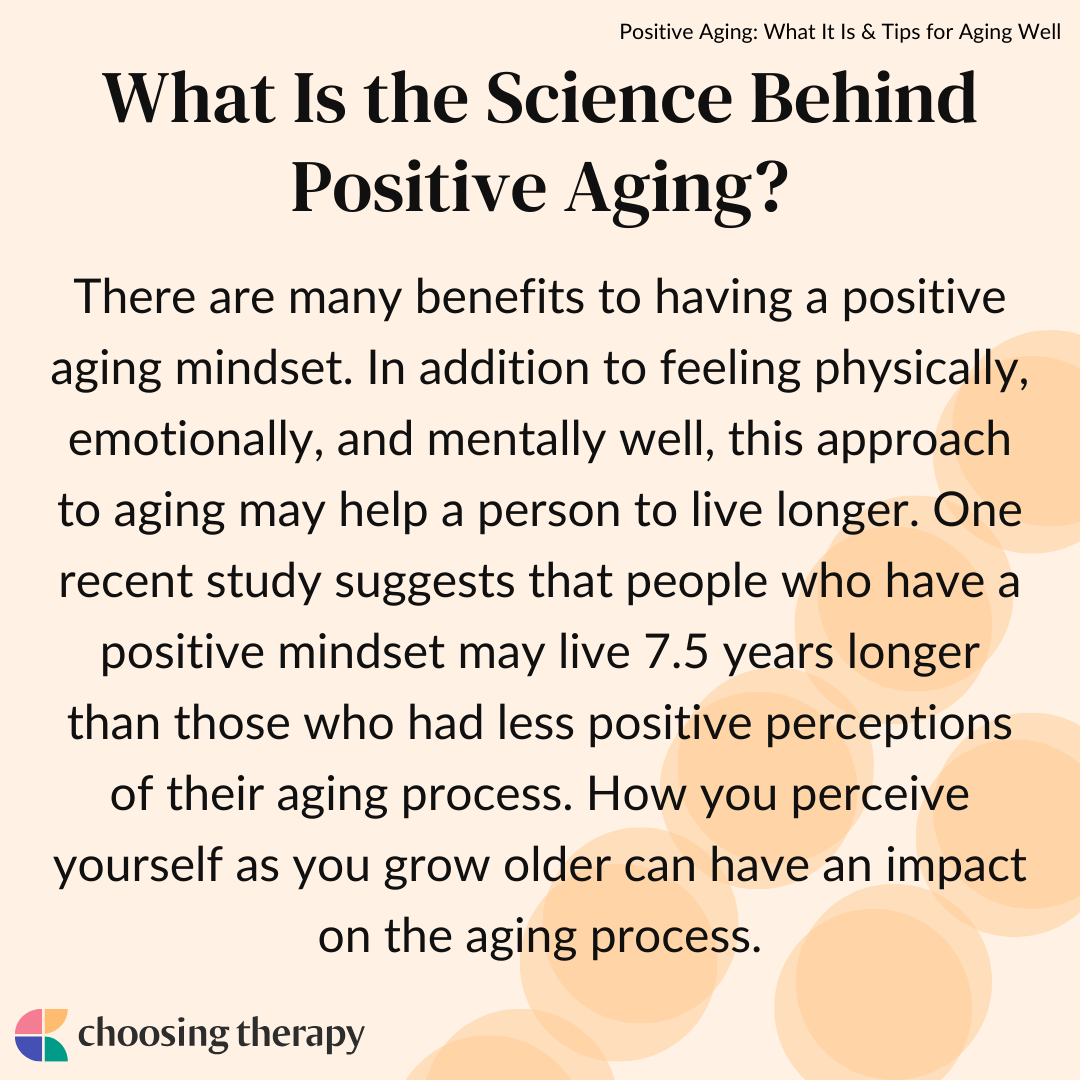
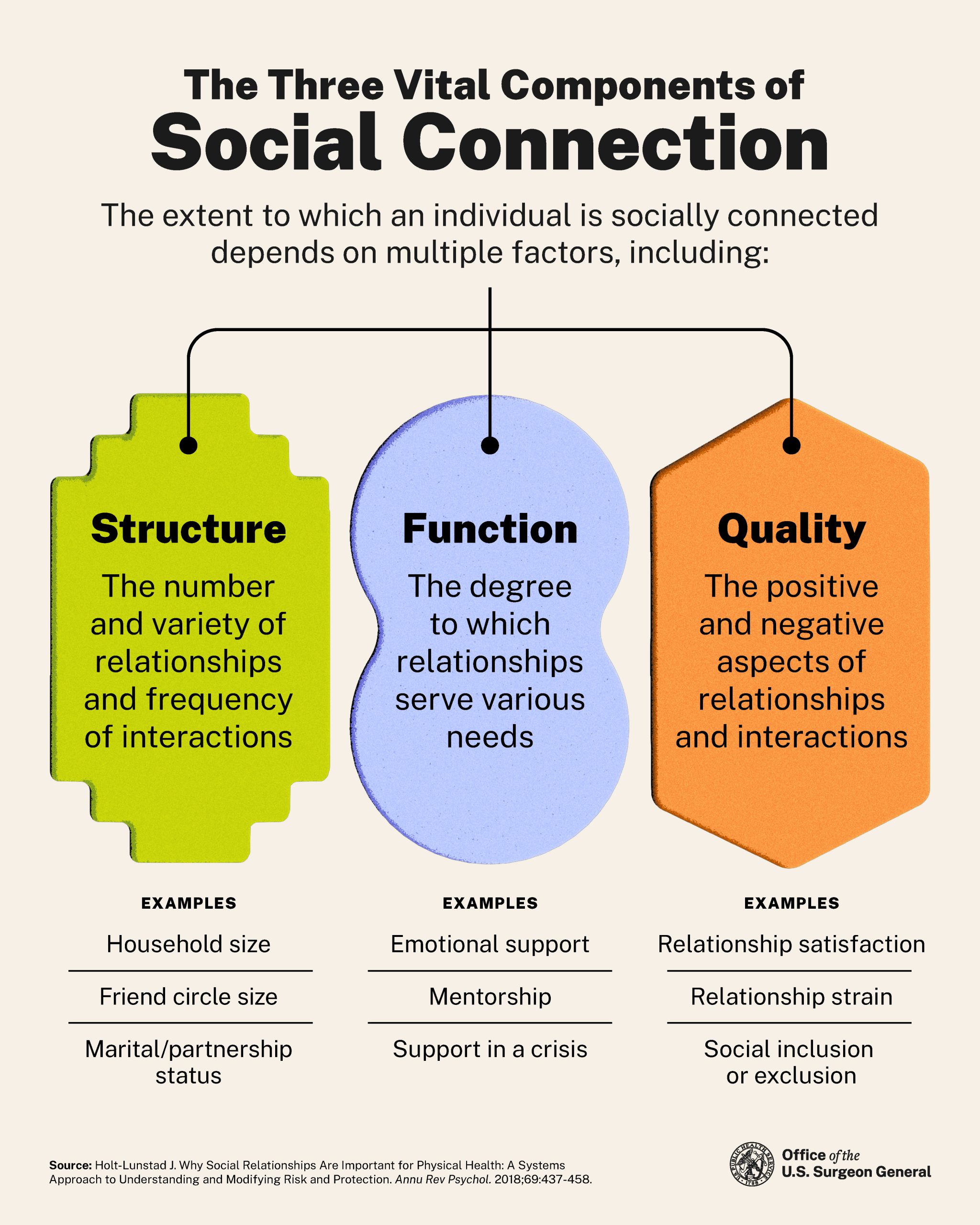

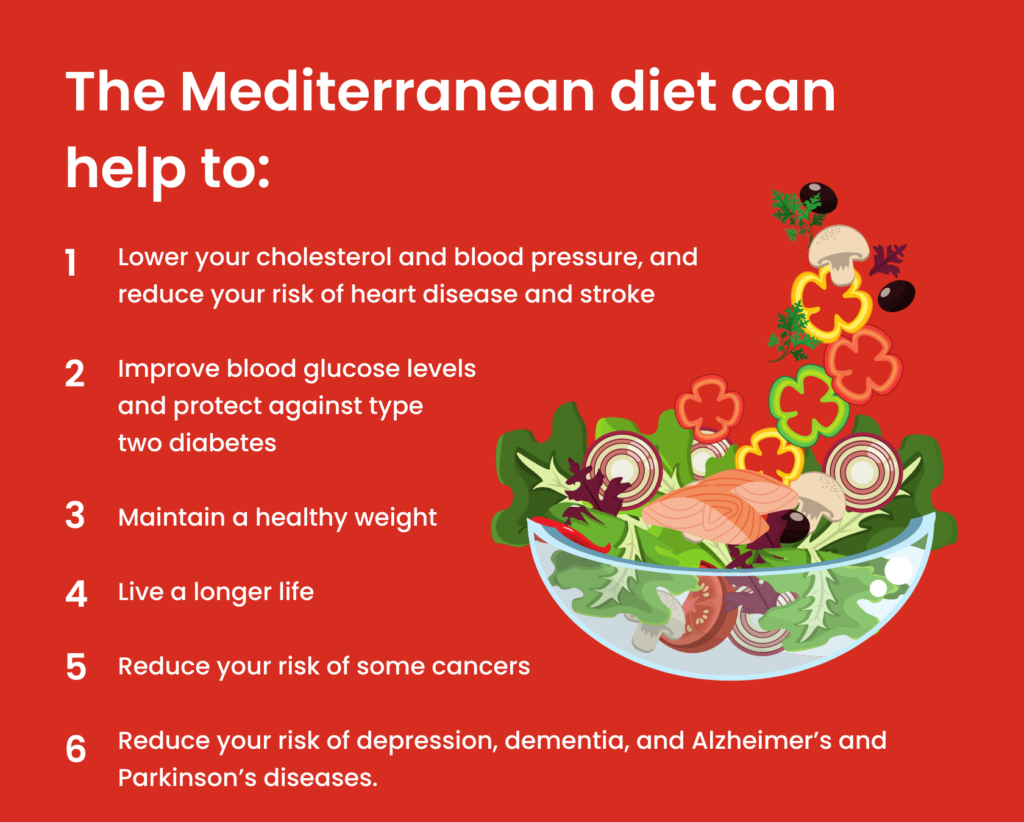
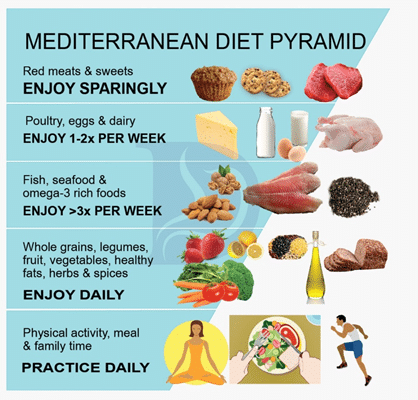

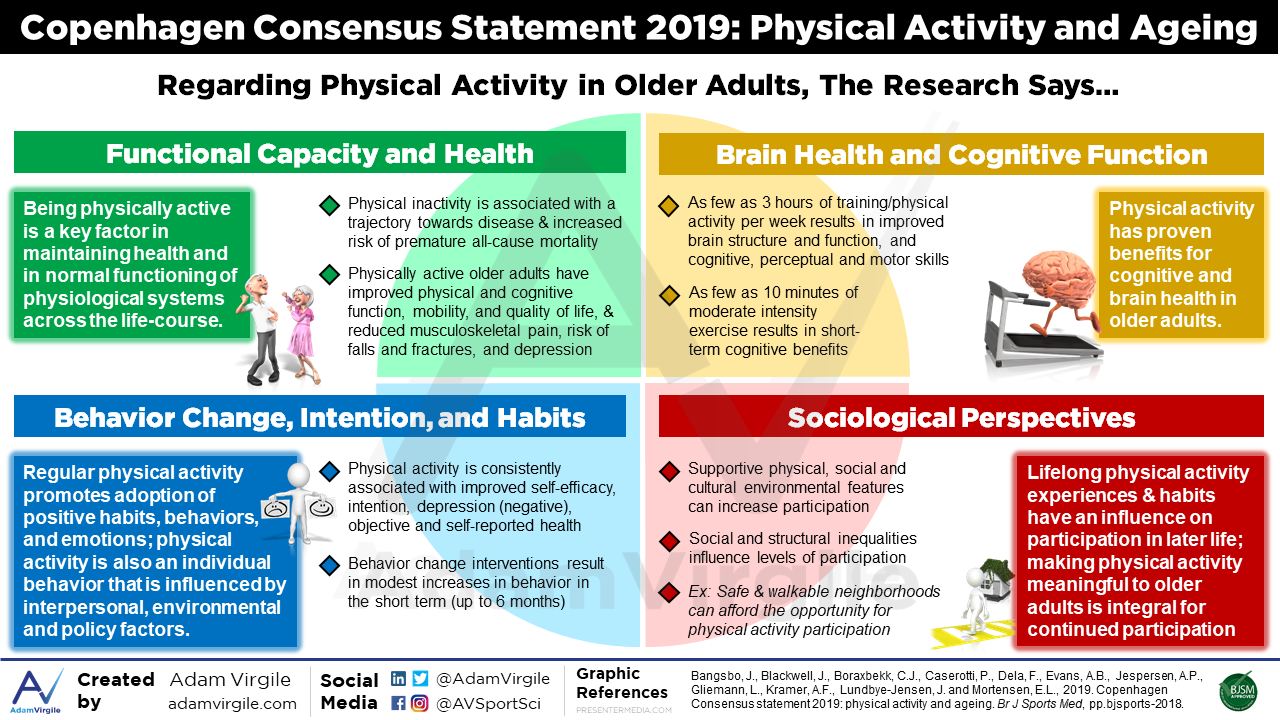

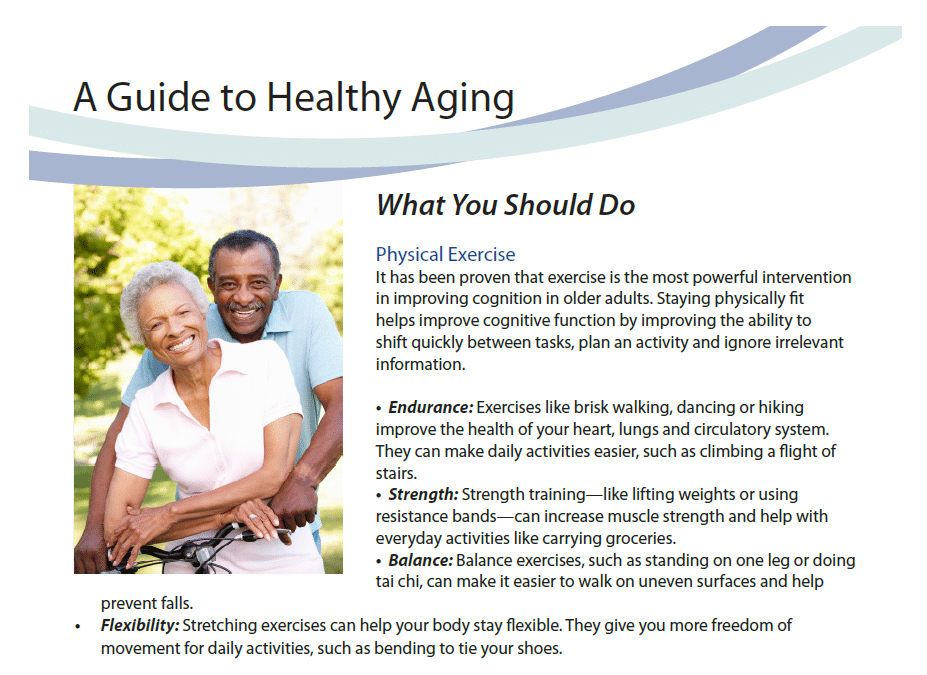
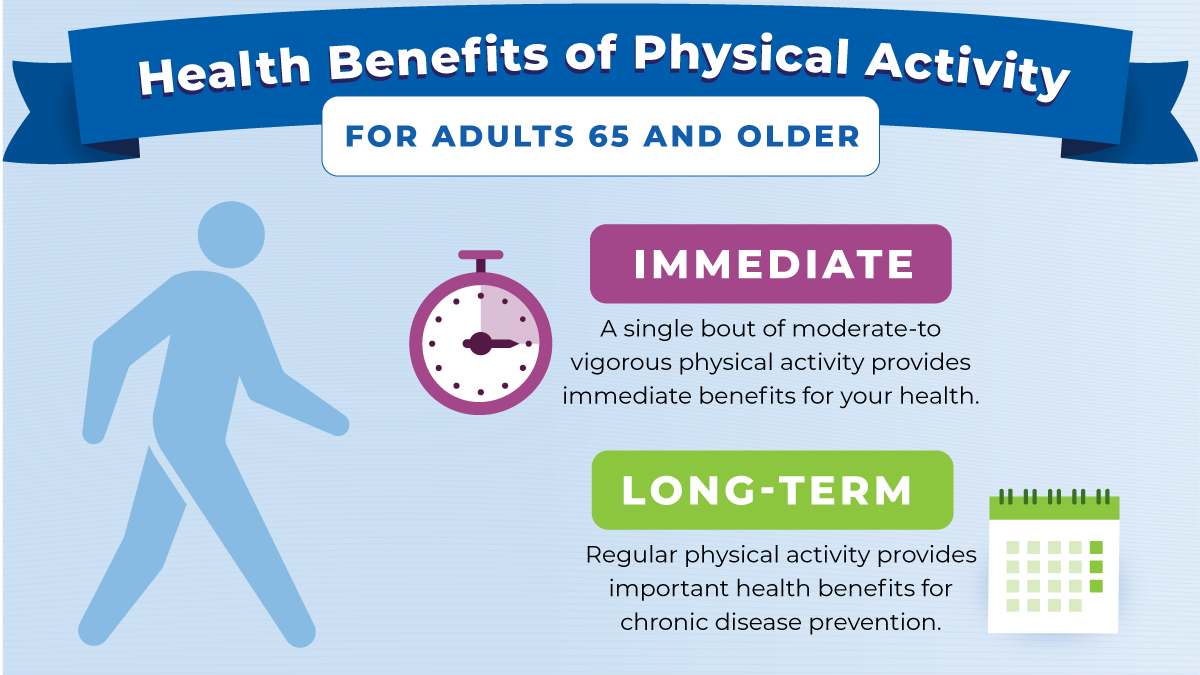

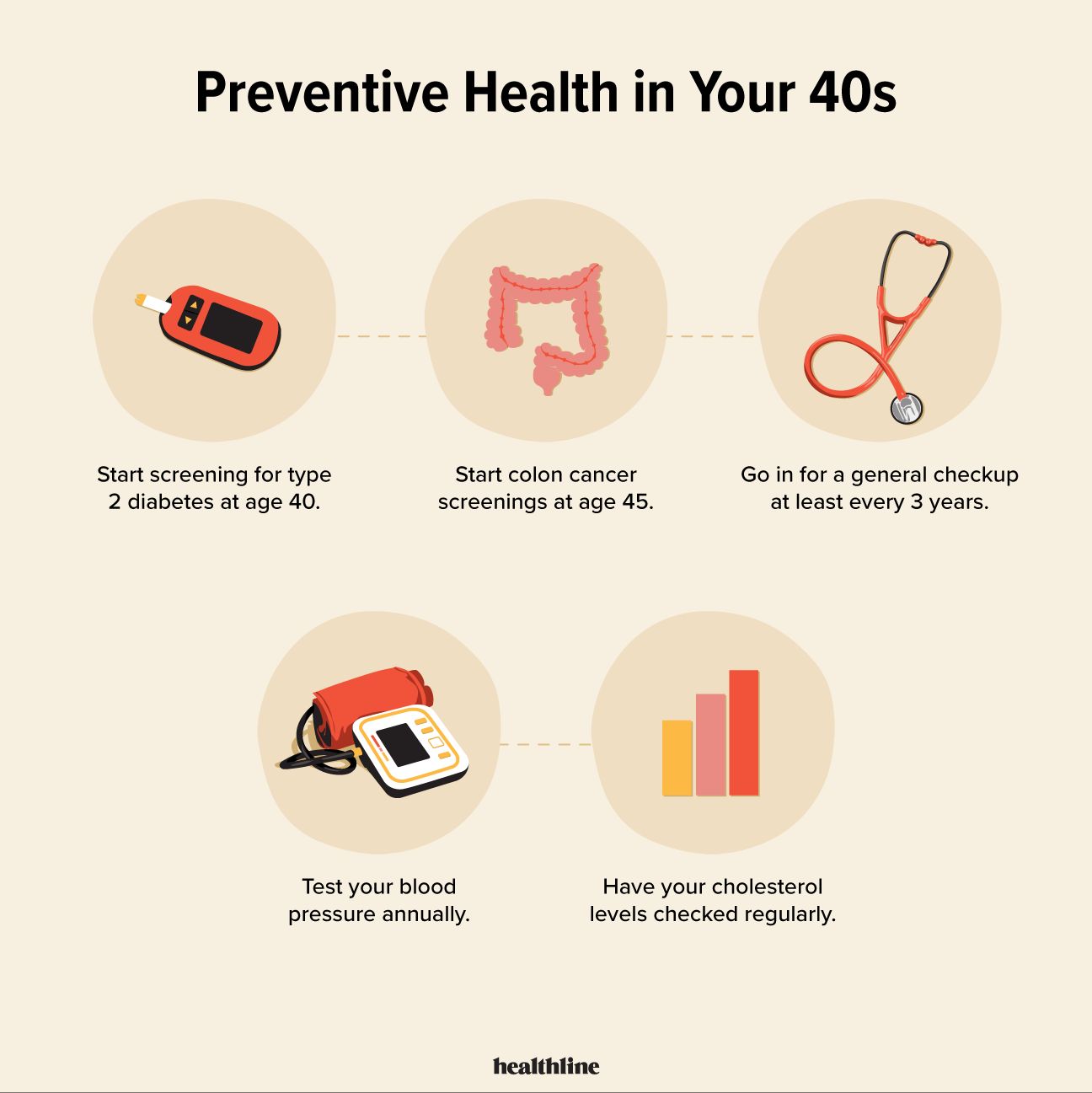
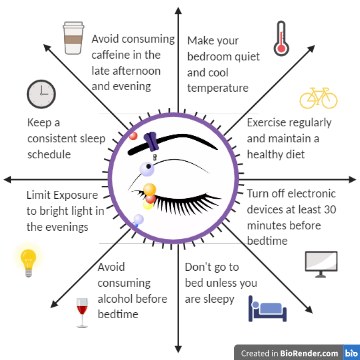
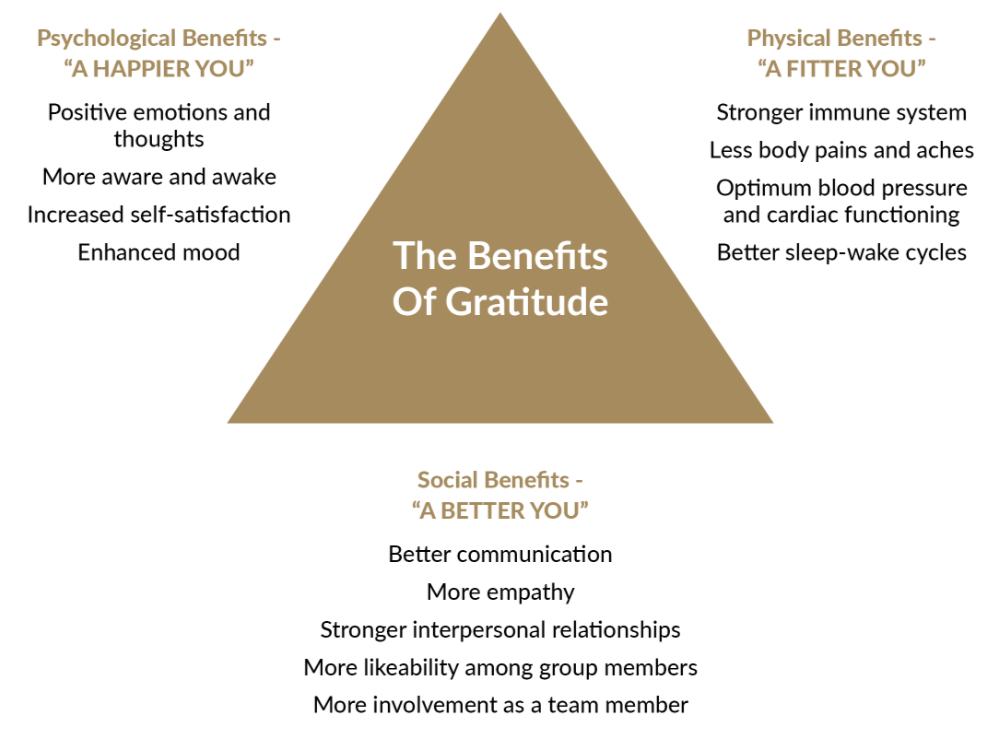

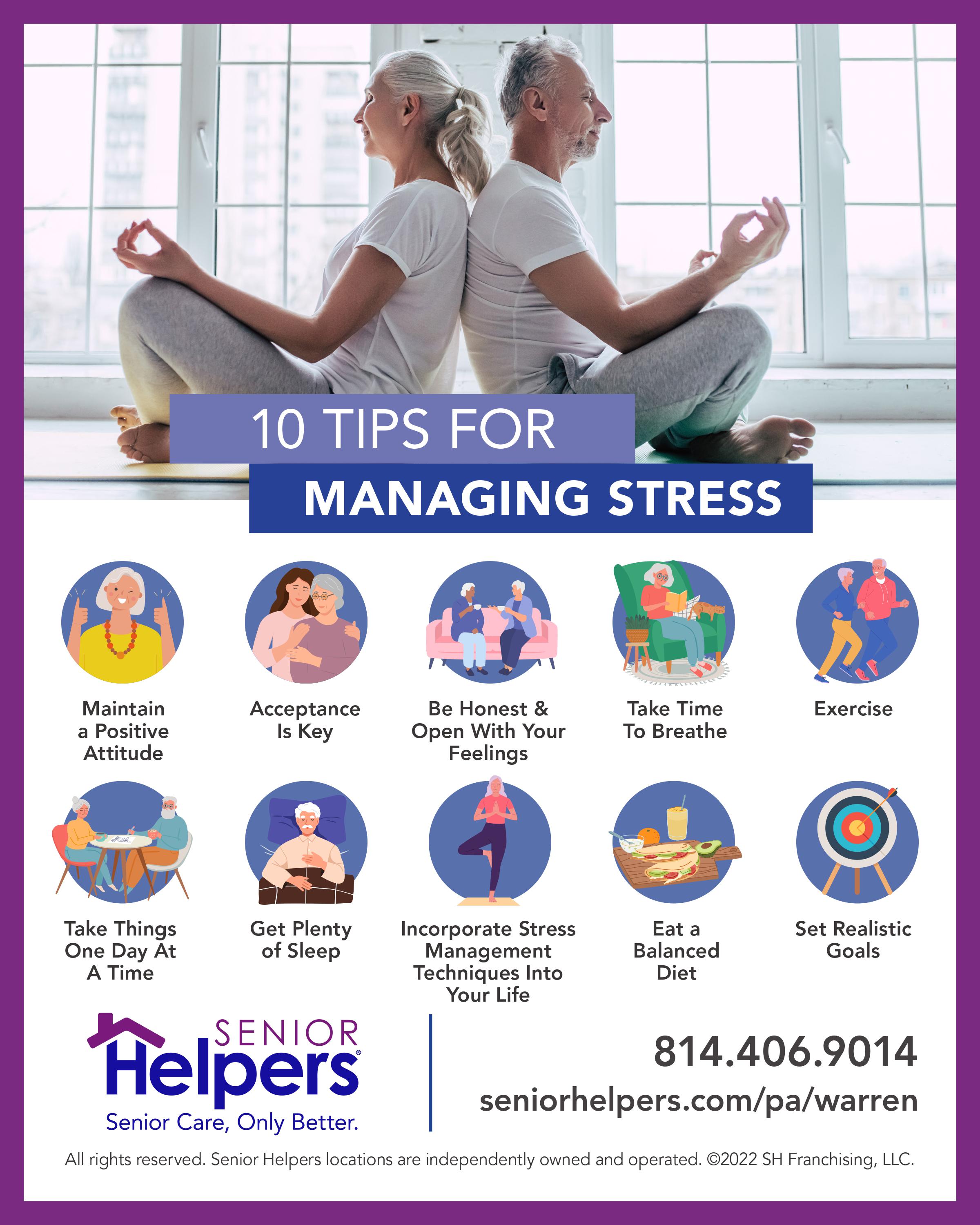

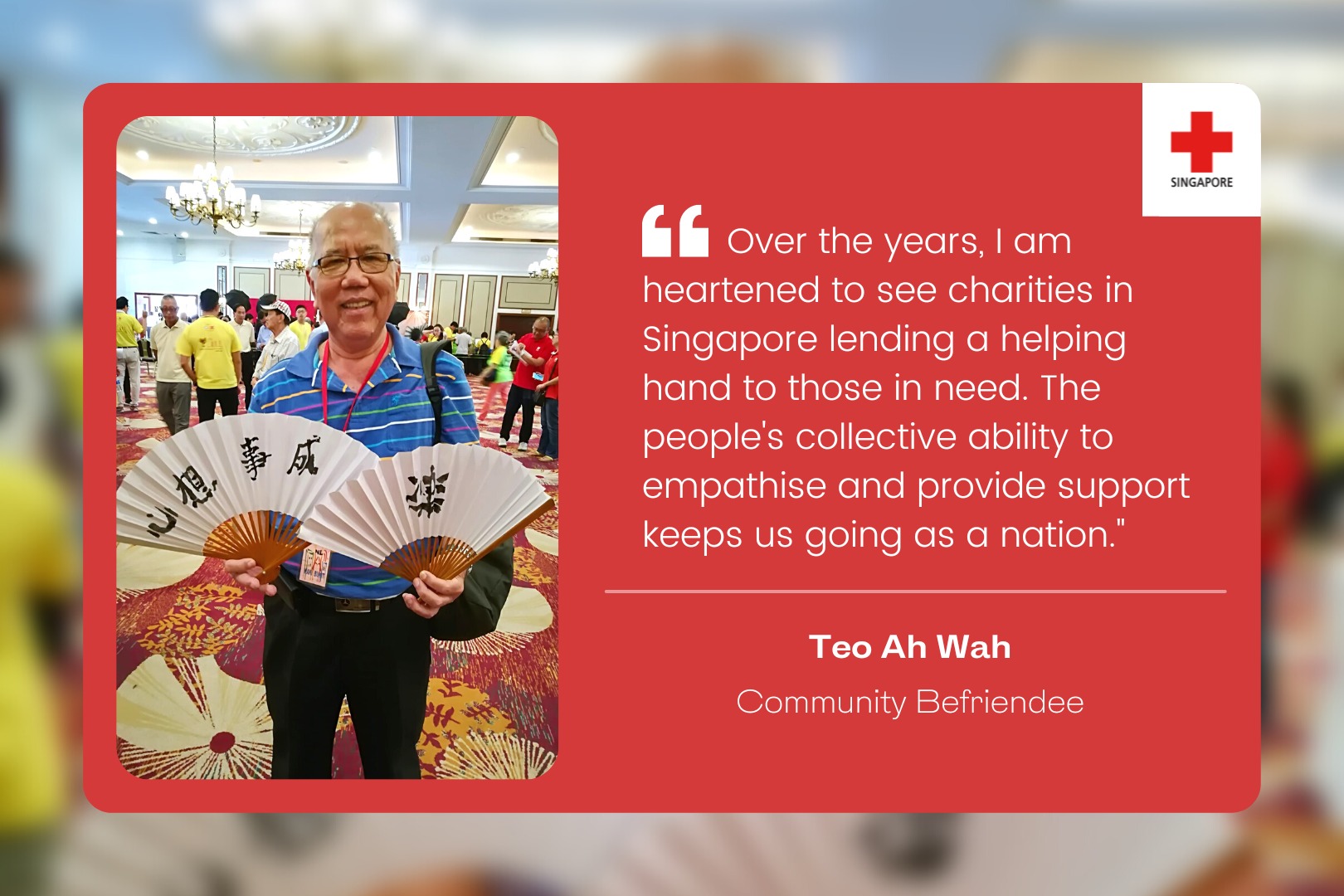
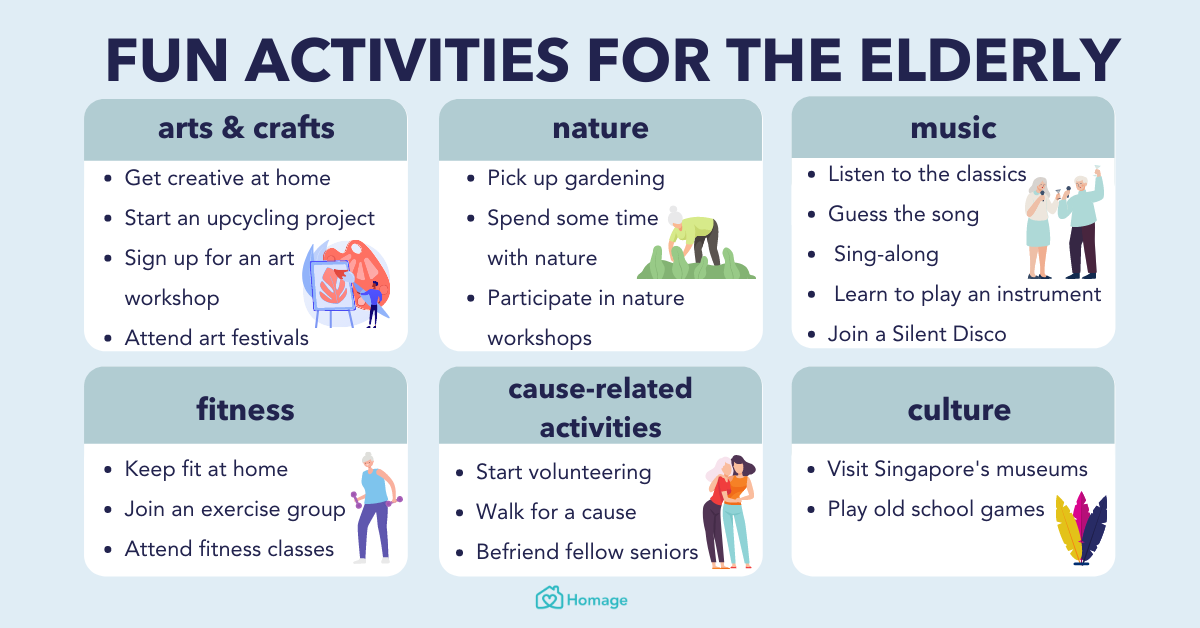


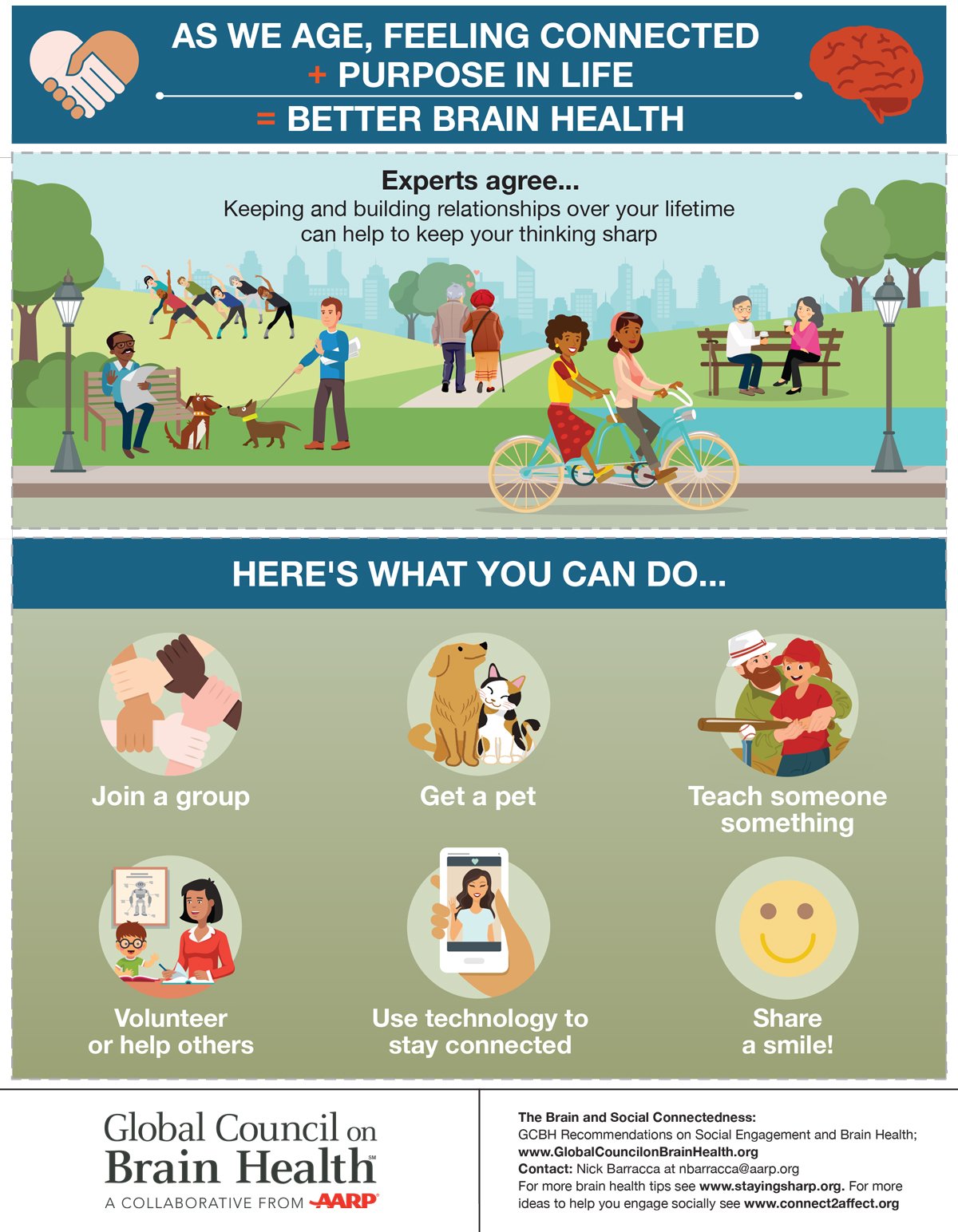

Comments
Post a Comment